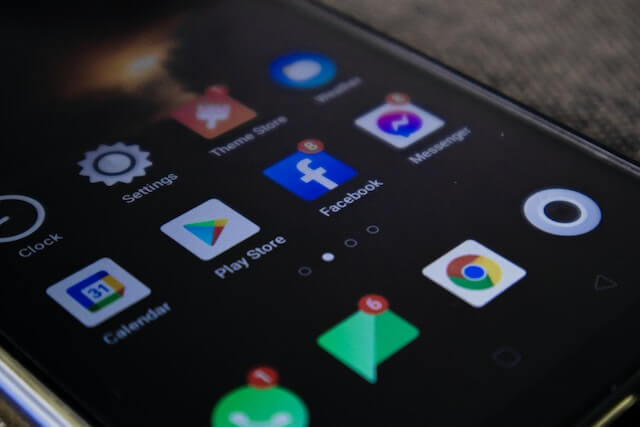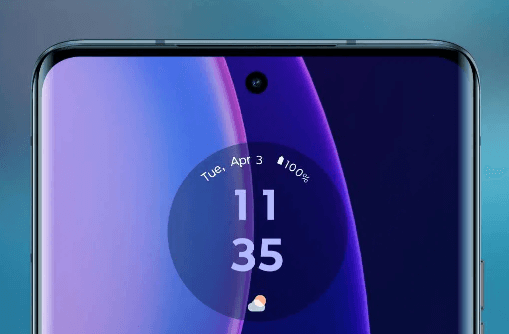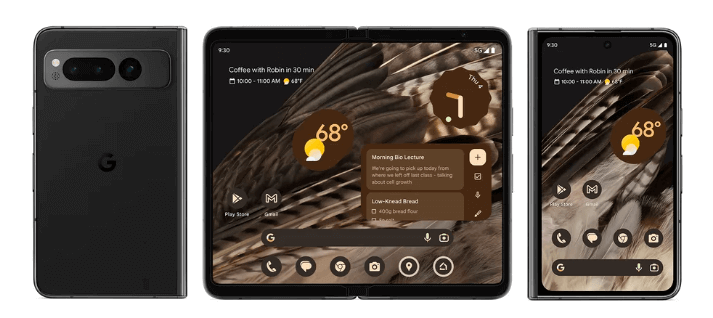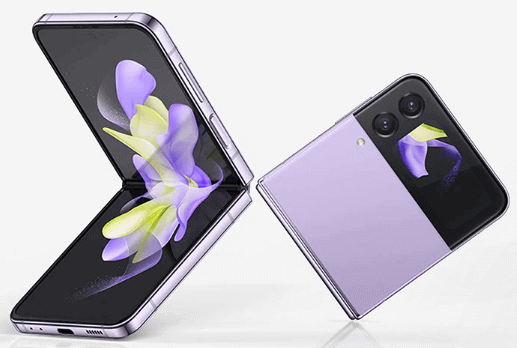There are a variety of different types of smartphone displays available in the market, each with its own unique advantages and disadvantages. Some of the most common types of smartphone displays include:
- LCD: Liquid crystal displays (LCDs) are the most common type of flat display. LCDs work by using a liquid crystal material to control the light that passes through the screen.
- LED: Light-emitting diode (LED) displays are a type of LCD display that uses LED backlighting. LED backlighting is more energy-efficient than traditional LCD backlighting, and it can also produce brighter and more vibrant colors.
- OLED: Organic light-emitting diode (OLED) displays are a type of display that does not use a backlight. Instead, each pixel on an OLED display can produce its own light. This allows for deeper blacks and more vibrant colors than LCD or LED displays.
Let us see the type of displays based on curvature and other features.
Flat displays
Flat displays are the most common type of smartphone display. They are typically made of glass and have a flat surface. Flat displays are easy to use and are relatively inexpensive to produce. However, they can be susceptible to scratches and cracks.

There are a number of different factors that can affect the quality of a flat display, including:
- Resolution: The resolution refers to the number of pixels that are displayed on the screen. The higher the resolution, the sharper the image will be.
- Refresh rate: The refresh rate refers to the number of times per second that the screen is updated. The higher the refresh rate, the smoother the animation will be.
- Color gamut: The color gamut refers to the range of colors that can be displayed on the screen. The wider the color gamut, the more realistic the colors will appear.
- Contrast ratio: The contrast ratio refers to the difference between the brightest and darkest colors that can be displayed on the screen. The higher the contrast ratio, the more vivid the colors will appear.
- Viewing angle: The viewing angle refers to the angle at which you can still see the image clearly on the screen. The wider the viewing angle, the more comfortable it will be to use the display from different angles.
- Durability: The durability of a flat display refers to how resistant it is to damage from drops, scratches, and other factors.
Curved displays
Curved displays are becoming increasingly popular. They are made of glass and have a curved surface. Curved displays offer a more immersive viewing experience and can be more durable than flat displays. However, they can be more expensive to produce and can be difficult to use with smartphone cases.

Whether curved displays are more durable than flat displays is a matter of debate. Some people believe that the curved edges of curved displays make them more susceptible to damage, while others believe that the curved design actually makes them more durable.
There is some evidence to support both sides of the argument. For example, a study by the University of California, Berkeley found that curved displays were more likely to crack when dropped than flat displays. However, another study by the University of Cambridge found that curved displays were more resistant to scratches than flat displays.
Ultimately, the durability of a curved display will depend on a number of factors, including the quality of the materials used, the manufacturing process, and the way in which the display is used. If you are concerned about the durability of your smartphone display, it is important to choose a model that has been well-reviewed and that comes with a good warranty.
Here are some of the pros and cons of curved displays:
Pros:
- A more immersive viewing experience
- Stylish
- Can be easier to hold in one hand
Cons:
- More susceptible to damage
- Can be more difficult to repair
- Can be more expensive
- More difficult to use with smartphone cases.
- Curved displays can be more susceptible to damage from drops and scratches.
Foldable displays
Foldable displays are a new type of smartphone display that is still in its early stages of development. Foldable displays can be folded in half, making them more compact and portable than traditional smartphones. However, they are also more expensive and can be more fragile.


Flip and fold phones come in this category. For example Samsung galaxy z is a flip phone and google pixel fold is a foldable display phone
Pros
- Larger display: Foldable displays offer a larger display than traditional smartphones, which can be great for watching videos, playing games, or working on documents.
- Portability: Foldable displays can be folded up and made more compact, making them easier to carry around.
- Durability: Foldable displays are becoming more durable over time, and some models are even water-resistant.
- New features: Foldable displays can enable new features, such as the ability to use two apps at the same time or to have a larger keyboard for typing.
Cons
- Price: Foldable displays are more expensive than traditional smartphones.
- Durability: Foldable displays are still relatively new, and there is some concern about their durability.
- Software support: Not all apps are compatible with foldable displays, and some may not work properly.
- Limited availability: Foldable displays are not yet widely available, and they may be difficult to find.
Rollable displays
Rollable displays are another new type of smartphone display that is still in its early stages of development. Rollable displays can be rolled up, making them even more compact and portable than foldable displays. However, they are also more expensive and can be more fragile.
Factors affecting the quality of the display
In addition to these basic types of displays, there are also a number of other factors that can affect the quality of a smartphone display, such as the resolution, the refresh rate, and the color gamut. The resolution refers to the number of pixels that are displayed on the screen. The higher the resolution, the sharper the image will be. The refresh rate refers to the number of times per second that the screen is updated. The higher the refresh rate, the smoother the animation will be. The color gamut refers to the range of colors that can be displayed on the screen. The wider the color gamut, the more realistic the colors will appear.
Conclusion
When choosing a smartphone, it is important to consider the type of display that is most important to you. If you want a display that is easy to use and relatively inexpensive, then a flat display may be a good option for you. If you want a display that offers a more immersive viewing experience and is more durable, then a curved display may be a better choice. If you want a smartphone that is compact and portable, then a foldable or rollable display may be a good option. Ultimately, the best type of display for you will depend on your individual needs and preferences.
Which kind of display do you use or like the most? Feel free to share your viewpoints on this topic in the comments section below 🙂
Hope you liked this information, feel free to share your thoughts on this smartphone topic in the comments section below 👇. Also, let us know which smartphone feature you would like us to explain next. 🙂





4 thoughts on “Types of Smartphone Displays: Which one to choose, All you need to know”
Superb post! I was looking for this information, mainly on the curved display. In my opinion, curved display is not good for the long run. Also few users have reported the discomfort they faced due to the curve while consuming multimedia. better to avoid curve displays. They are costly when it comes to repair too!
I like flat displays more. Curved display is a gimmick. Even high range phones like iPhone and google pixel, Samsung etc don’t go for the curved display. Thanks for this nice post. 🙂
Well detailed and explained.👍👌
Please explain different type of LED screens, like OLED, AMOLED, POLED etc.
Working on it will be out soon! Thanks for visiting the post☺️